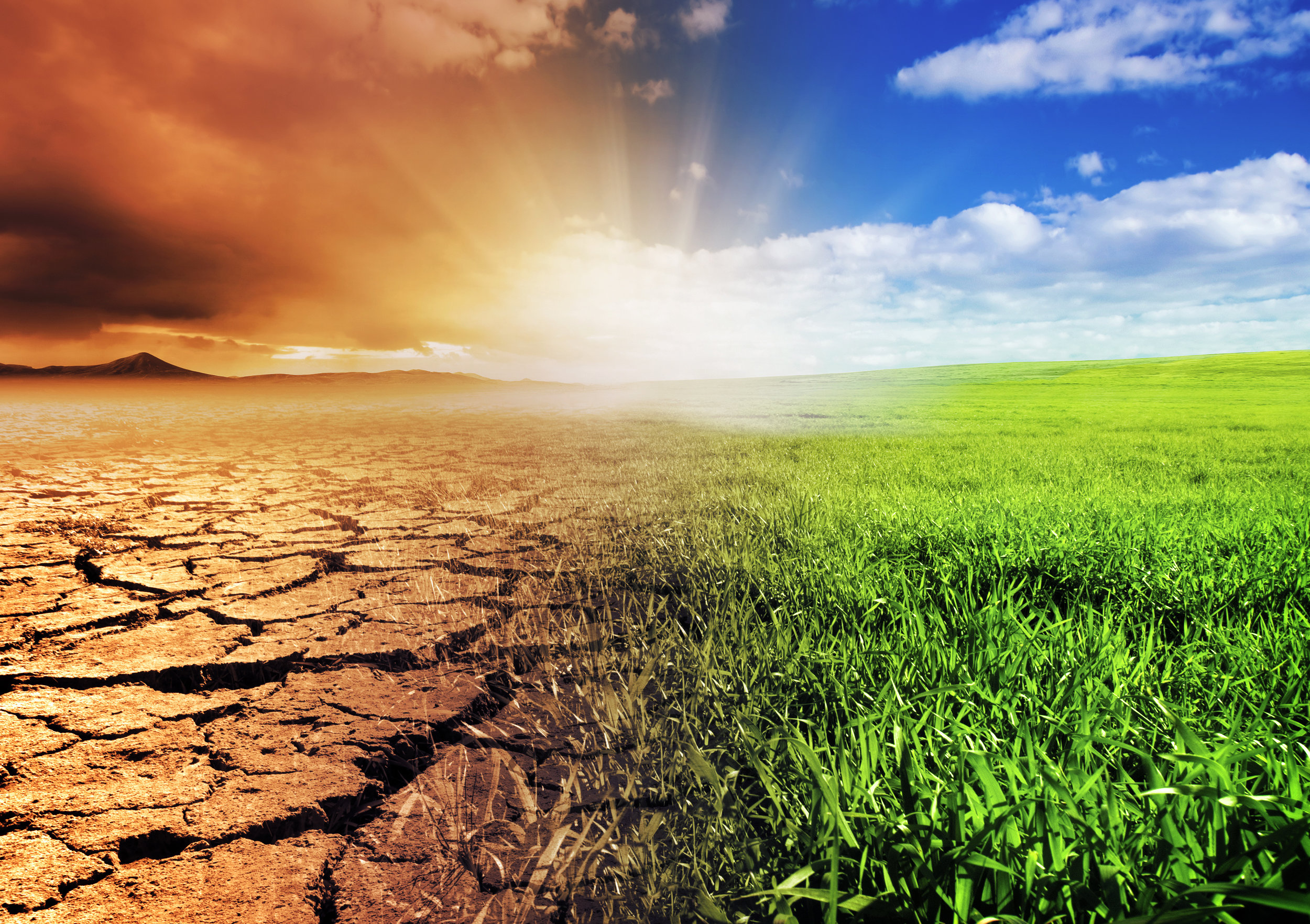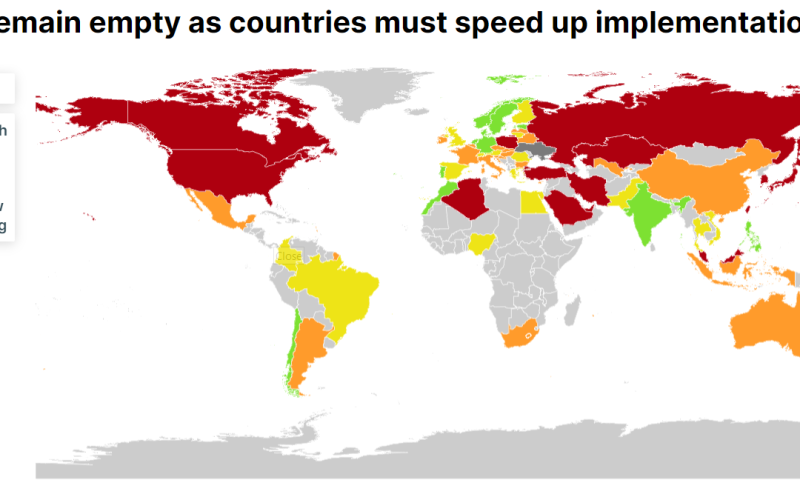India’s Climate Performance: Insights from the Climate Change Performance Index (CCPI) 2024
The Climate Change Performance Index (CCPI) has become a vital tool for assessing how well countries are meeting their climate commitments, providing transparency and accountability in global climate action. In the recently published CCPI 2024, India achieved a commendable 7th position among 63 countries and the European Union, marking a significant achievement in its climate efforts. This ranking highlights India’s progress in balancing developmental needs with climate priorities, while also shedding light on areas needing further improvement.
This article provides an in-depth analysis of India’s ranking, its performance in key metrics, global implications, and future outlook.
What is the Climate Change Performance Index (CCPI)?
The CCPI is an annual ranking system designed to measure the climate action performance of countries. Developed by Germanwatch, the NewClimate Institute, and the Climate Action Network, it has been published since 2005 and evaluates countries based on their alignment with the Paris Agreement goals to limit global warming to below 2°C.
Evaluation Metrics
The CCPI evaluates nations across four main categories:
- Greenhouse Gas (GHG) Emissions (40%): Evaluates trends in GHG emissions and efforts to reduce them.
- Renewable Energy (20%): Measures the share of renewables in the energy mix and targets for future expansion.
- Energy Use (20%): Tracks energy efficiency and per capita energy consumption.
- Climate Policy (20%): Assesses domestic and international climate policies and their implementation.

India’s Performance in CCPI 2024
Overall Ranking
India’s 7th-place ranking is a notable improvement over the years and highlights its strong commitment to climate action. This is particularly significant given India’s status as a developing economy with a growing population and energy demands.
Performance in Key Categories
-
GHG Emissions (Rank: 9th)
India has low per capita emissions compared to developed nations, despite being the third-largest emitter in absolute terms. This is due to its relatively low energy consumption and significant investments in energy efficiency measures. -
Renewable Energy (Rank: 37th)
India’s renewable energy ranking dropped compared to previous years. While the country has made significant strides in solar and wind energy, challenges in grid infrastructure, financing, and scaling renewable energy projects persist. -
Energy Use (Rank: 10th)
India’s energy consumption per capita remains among the lowest globally, reflecting efficient use of resources relative to its population size. Initiatives like UJALA (LED bulb distribution) and industrial energy efficiency programs have contributed significantly. -
Climate Policy (Rank: 10th)
India’s policies, such as the National Action Plan on Climate Change (NAPCC) and the Panchamrit commitments made at COP26, have been recognized for their alignment with global climate goals. However, implementation remains a critical area of focus.

Global Context: India’s Role in the CCPI
Top and Bottom Performers
- Top Performers: No country achieved the highest ranking (1st to 3rd positions), underscoring the challenges in meeting climate targets globally. Denmark (4th), Sweden (5th), and Chile (6th) were the highest-ranked countries.
- India: India’s 7th position places it ahead of several developed nations, including the United States (20th), China (52nd), and Japan (47th).
- Bottom Performers: Countries like Iran, Saudi Arabia, and Kazakhstan rank lowest, reflecting limited action on climate mitigation.
India’s Position Among G20 Nations
India is one of the top three performing G20 nations in the CCPI 2024, alongside Germany (14th) and the EU (16th). This highlights its leadership role in climate mitigation within the group, which collectively contributes to over 75% of global emissions.

Key Factors Behind India’s Strong Performance
1. Ambitious Climate Commitments
India has made significant commitments under the Paris Agreement and its Nationally Determined Contributions (NDCs). Key targets include:
- Achieving 500 GW of non-fossil fuel capacity by 2030.
- Reducing the carbon intensity of GDP by 45% by 2030.
- Achieving net-zero emissions by 2070.
2. Renewable Energy Development
India has emerged as a global leader in renewable energy, with installed capacity reaching approximately 176 GW in 2024. The National Solar Mission and initiatives like the International Solar Alliance (ISA) have positioned India as a hub for solar energy development.
3. Energy Efficiency Programs
Programs like Perform, Achieve, and Trade (PAT) and Energy Efficiency Services Limited (EESL) have reduced energy consumption and emissions in key sectors such as industry and transportation.
4. Green Initiatives
The National Green Hydrogen Mission, afforestation projects, and sustainable agricultural practices have contributed to India’s climate resilience and reduced reliance on fossil fuels.

Challenges Facing India
Despite its achievements, India faces several challenges:
- Dependence on Fossil Fuels: Coal remains the dominant source of energy, accounting for over 50% of the energy mix. Transitioning to cleaner alternatives is critical.
- Renewable Energy Bottlenecks: Infrastructure, financing, and regulatory hurdles slow the pace of renewable energy adoption.
- Urbanization and Population Growth: Rapid urbanization increases demand for energy and resources, complicating emissions reduction efforts.
- Adaptation Funding: India requires substantial investments to enhance climate resilience, particularly in vulnerable regions prone to extreme weather events.

Changes in India’s Global Standing
India’s consistent improvement in the CCPI rankings reflects its growing influence in global climate negotiations. Key developments include:
- Recognition of Leadership: India’s proactive role in initiatives like the International Solar Alliance and its commitments under the Panchamrit goals have enhanced its international reputation.
- Increased Climate Diplomacy: India has emerged as a voice for developing nations, advocating for equitable climate finance and technology transfers.
- Economic Growth with Sustainability: India’s ability to balance economic development with environmental sustainability serves as a model for other emerging economies.
Future Outlook and Recommendations
To maintain and improve its position in future rankings, India must focus on:
- Scaling Renewable Energy: Addressing grid modernization, storage solutions, and financing challenges to accelerate renewable deployment.
- Reducing Fossil Fuel Dependence: Phasing out coal and increasing investments in cleaner energy sources such as natural gas and hydrogen.
- Strengthening Climate Policies: Enhancing implementation and monitoring mechanisms to ensure policy effectiveness.
- Mobilizing Climate Finance: Leveraging international funding mechanisms like the Green Climate Fund (GCF) to support large-scale climate initiatives.
- Fostering Global Partnerships: Collaborating with developed nations for technology transfer and capacity building.

Conclusion
India’s 7th rank in the CCPI 2024 underscores its growing commitment to addressing the global climate crisis. While significant progress has been made, the path to achieving ambitious targets like net-zero emissions by 2070 will require sustained efforts, innovation, and international cooperation. India’s performance not only reflects its domestic achievements but also positions it as a key player in shaping global climate action. As the world grapples with the challenges of climate change, India’s leadership will be crucial in driving collective efforts toward a sustainable future.









